Throwback Thursday: From Nothing to You in Ten Sentences
How the entire history of the Universe gave rise to us, in ten giant leaps.
Image credit: Zosia Rostomian, Lawrence Berkeley National Laboratory.
“It surprises me how disinterested we are today about things like physics, space, the universe and philosophy of our existence, our purpose, our final destination. It’s a crazy world out there. Be curious.” –Stephen Hawking
One of the most existential questions humanity has ever asked is the question of our origins: where do I come from? Inspired by Ben Kilminster’s writings, here’s the entire history of the Universe — that’s led up to the existence of you — in just 10 sentences.*
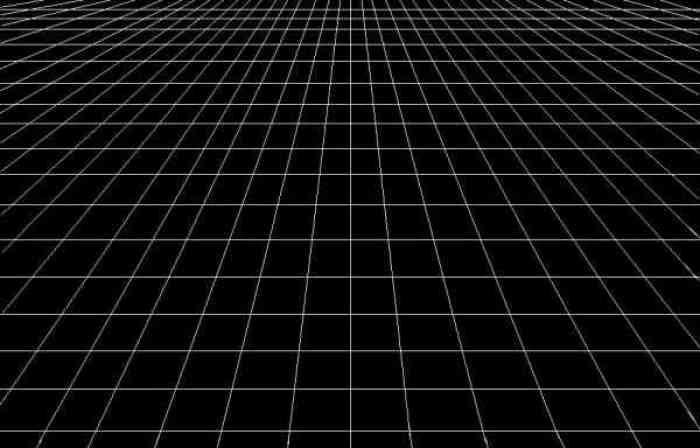
1.) At some point in the distant past**, the Universe consisted of empty spacetime with a large amount of intrinsic energy bound up in itself, and was in a state of exponential expansion known as cosmological inflation.

2.) About 13.8 billion years ago, a region of spacetime that would contain our entire observable Universe saw inflation come to an end, as the energy that was bound up in spacetime itself was transferred*** into matter, antimatter and radiation.
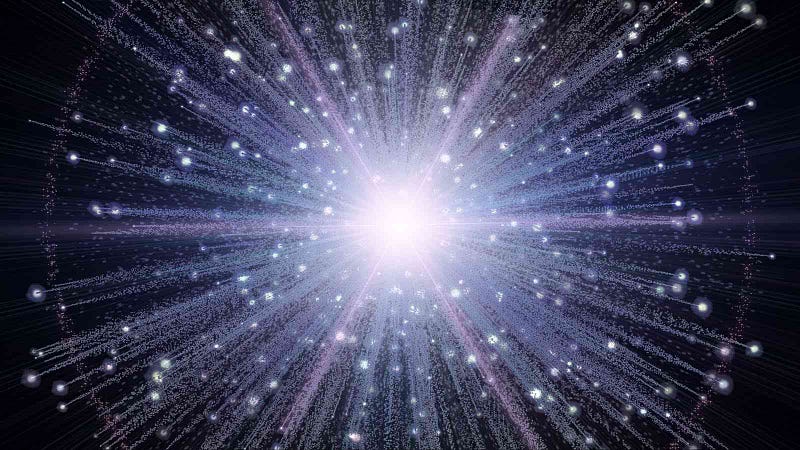
3.) The energetic, matter-antimatter-and-radiation-filled Universe now cools as it expands, and a fundamental asymmetry**** between matter-and-antimatter leads to a slight, 0.6-parts-in-a-billion dominance of matter over antimatter.

4.) As the Universe continues to expand cool, the excess matter annihilates away with the antimatter, leaving only a little bit of matter behind, while the radiation shifts to progressively lower energies, allowing the formation of protons and neutrons, stable nuclei, and eventually neutral, stable atoms.

5.) With the Universe now dominated by matter, gravitational collapse proceeds, and the great cosmic web begins to form, with the first stars in the Universe igniting after a period of 50-to-75 million years.
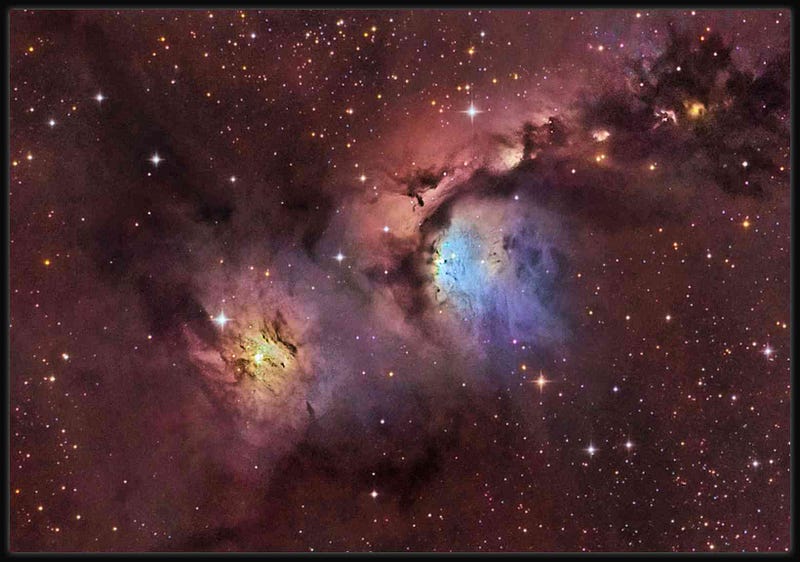
6.) The light from these stars reionizes the Universe, making it transparent to light, while the Universe hierarchically forms star clusters, galaxies, clusters, and attempts to form galactic superclusters on the largest scales.
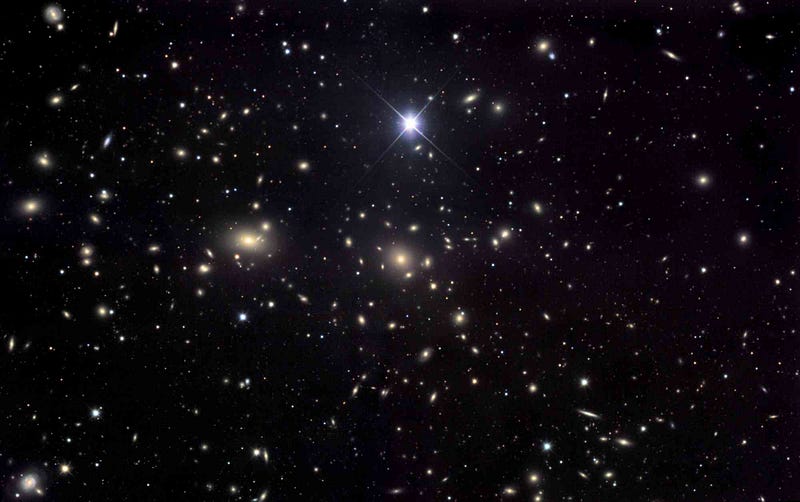
7.) As time goes on, the most massive stars run out of fuel and die in supernova explosions, triggering the formation of new stars and enriching the surrounding interstellar media with progressively heavier and heavier elements.
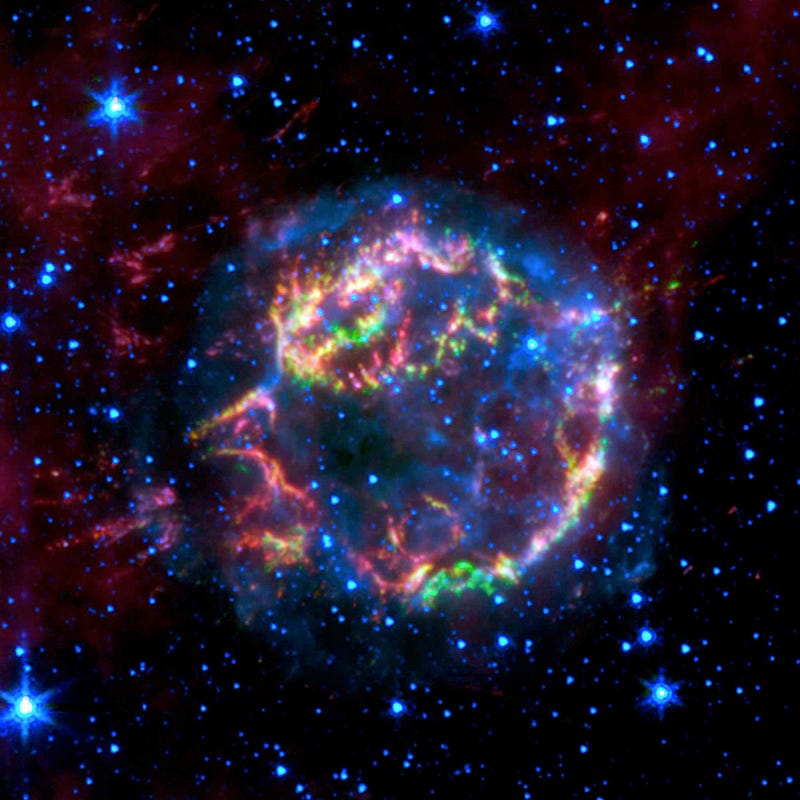
8.) After multiple generations of stars are born, live, burn through their fuel and die, the interstellar medium contains enough of the elements for complex chemistry that all new stars and star systems that form will have substantial amounts of the elements and molecules necessary for life.
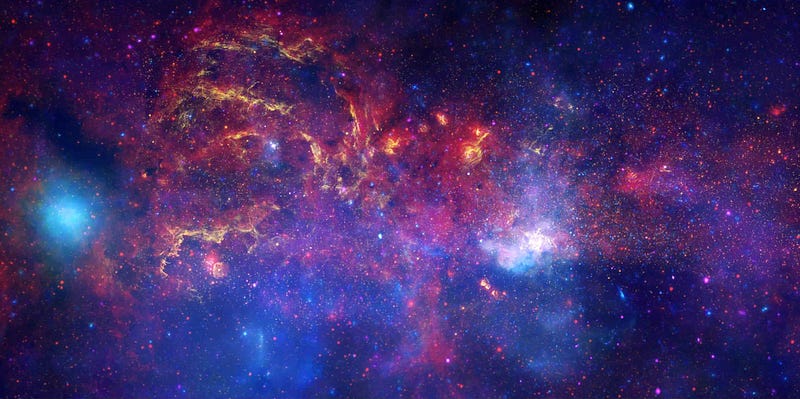
9.) About 9.2 billion years after the Big Bang, a small region about 25,000 light years from the center of our Milky Way forms a new cluster of around a thousand stars, one of which — out of the hundreds of billions in our galaxy — forms with a protoplanetary disk that collapses into eight planets: four rocky inner worlds and four outer gas giants.
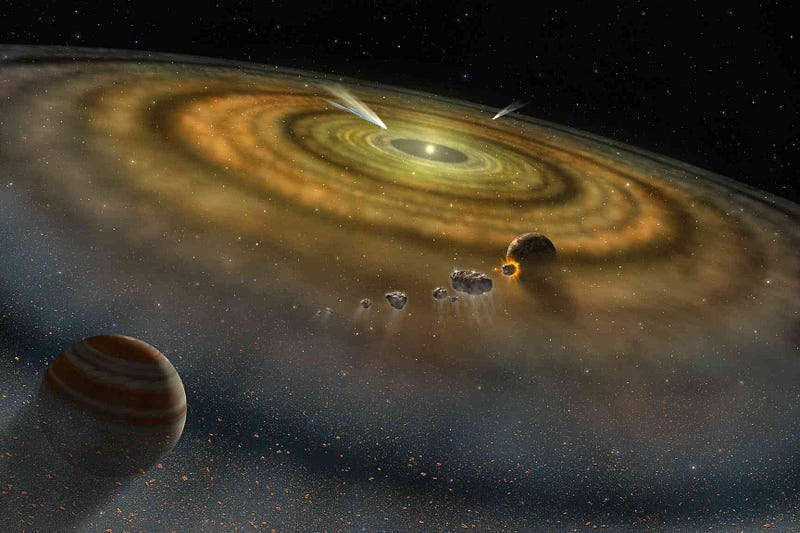
10.) After a few hundred million years, complex, self-reproducing chemical life takes off***** on the third world in this solar system, and a vast diversity of lifeforms evolve over billions of years and trillions of generations, when a chance joining of two cells culminates in 10^28 of those atoms coming together to exist as you.

And that’s how the Universe came from nothing, to create you, in just 10 (not even run-on) sentences!******
* – Not every aspect of how each of these events happened is fully understood. The asterisks are here to show you the events that are currently still being investigated.
** – It is not clear how the Universe came to be in this state, and whether that state was eternal to the past or whether it came into existence in some fashion.
*** – The particulars of how inflation ended (the “graceful exit” problem) and how the energy was transferred into matter, antimatter and radiation (the “cosmic reheating” problem) do not presently have universally agreed-upon answers.
**** – We don’t know the exact mechanism of what caused the observed asymmetry between matter and antimatter; an illustrative example is here.
***** – We don’t know whether life originated on this world or on another world or in interstellar space; we only know that it took off on this world some 3+ billion years ago.
****** – Fine, ten sentences, eleven images and six footnotes.
Leave your comments at the Starts With A Bang forum on Scienceblogs!




